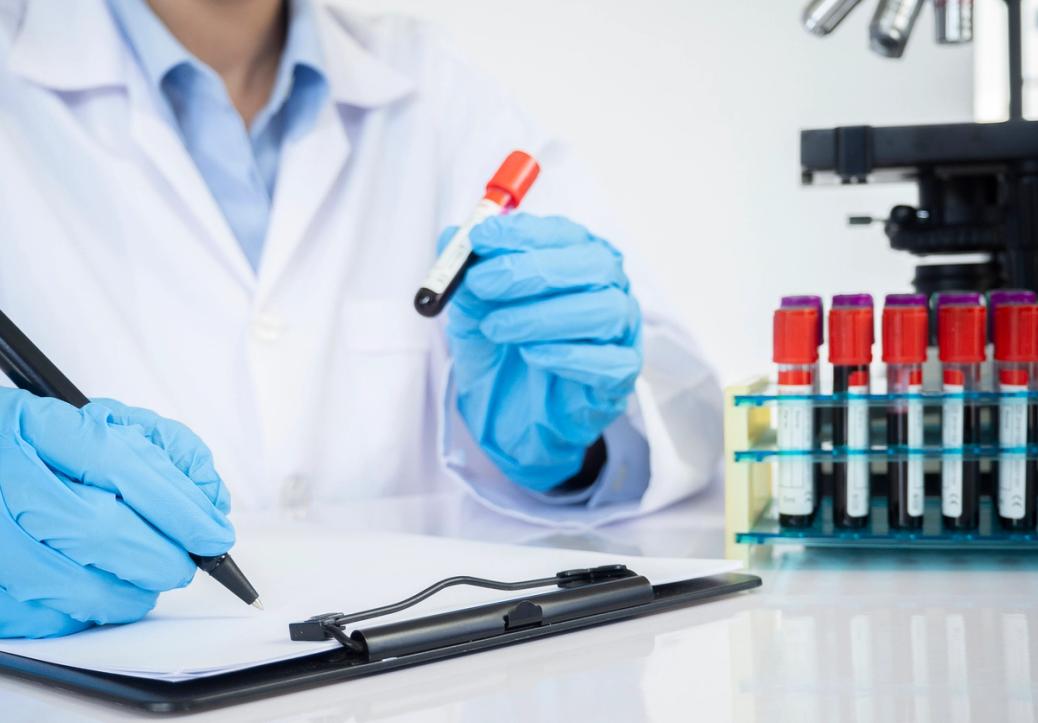question
how is arthritis typically diagnosed?
Diagnosing arthritis involves a comprehensive approach that includes a thorough assessment of symptoms, physical examinations, and various tests. Here’s a detailed overview based on the information in my sources.
Initial Consultation
When you suspect you have arthritis, the first step is to see your doctor. They will:
- Discuss Symptoms: Your doctor will ask about your symptoms, including the nature of your pain, its duration, and any patterns you've noticed.
- Physical Examination: They will examine your joints for signs of swelling, redness, warmth, and stiffness.
Important Symptoms to Report
When preparing for your appointment, consider the following symptoms that may indicate arthritis:
- Pain that starts without a clear reason.
- Stiffness that lasts for more than a few days.
- Swelling, redness, or warmth in your joints.
Diagnostic Tests
If arthritis is suspected, your doctor may recommend further tests to confirm the diagnosis. These can include:
-
Blood Tests: These tests can help confirm a diagnosis or rule out other conditions. Common blood tests include:
- Erythrocyte Sedimentation Rate (ESR): Measures inflammation levels in the body.
- C-Reactive Protein (CRP): Indicates inflammation and can suggest an acute infection.
- Anti-Cyclic Citrullinated Peptide Antibody (Anti-CCP): Particularly useful for diagnosing rheumatoid arthritis (RA).
-
Imaging Tests: X-rays or other imaging techniques (like MRI) may be used to assess joint damage or inflammation.
Referral to Specialists
In some cases, your doctor may refer you to a rheumatologist, a specialist in arthritis and related conditions. This referral can be crucial, especially if:
- The cause of your symptoms is unclear.
- You have a type of arthritis that requires specialised care.
Diagnosis Process
It’s important to note that diagnosing arthritis can take time. Some types of arthritis are challenging to identify in their early stages, and it may require several visits to reach a definitive diagnosis.
Keeping Track of Symptoms
To assist your doctor in making an accurate diagnosis, consider keeping a ‘pain diary’. This diary can help you track:
- The intensity of your pain on a scale of 0 to 10.
- Patterns related to your physical activity, sleep, and mood.
- Any factors that alleviate or exacerbate your symptoms.
Conclusion
If you suspect you have arthritis, it’s essential to consult your doctor as soon as possible. Early diagnosis and treatment can significantly impact your quality of life and help manage symptoms effectively.
If you have further questions or need clarification on specific aspects of your symptoms or diagnosis, please don’t hesitate to reach out to a healthcare professional. They can provide tailored advice and support based on your individual situation.
This information is not a substitute for professional medical advice, diagnosis or treatment. Always consult a registered healthcare professional about matters that affect your health. Clara uses artificial intelligence to generate general information for personal educational purposes only, not intended to be a management plan and it may contain errors, inaccuracies or may oversimplify concepts.










